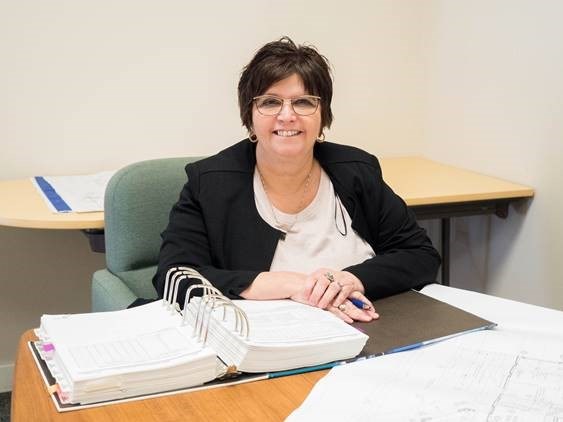The value of good design is a concept that is sometimes overlooked when it comes to the construction or renovation of a home or building. But designing your new home, or commercial building is a big feat… and anytime you make an important decision, you know that you’re going to need a plan.
Whether you’re starting a business, organizing a wedding, or taking a vacation, you take steps to ensure you get the best possible results. This illustration is how Francine Kotovich C.Tech, certified professional designer and building code practitioner describes the value of good design when building or renovating a home or building.
“You’re committing your money, time and effort into a build. It makes sense to have a percentage of that put towards your design plan, because this plan is the foundation of how your build will go,” Kotovich says.
If you are thinking of building a new home, or renovating your existing home (or commercial building) there are many details to consider to help you make informed decisions, so that you get the building design you want.
Constraints: The Ontario Building Code & Zoning Bylaws
Francine Kotovich, the President of Tomlinson Drafting Services, says that any major construction or renovation requires a permit. Building permits are evaluated using two important governances: The Ontario Building Code and local Zoning Bylaws.
“The Ontario Building Code (a provincial act) sets the requirements that must be met when constructing a home or building. These standards are in place for safety reasons”, Kotovich states. It minimizes risks to the public, ensures barrier-free accessibility and promotes energy efficiency. You can find The Ontario Building Code on the Government of Ontario’s website, and consulting with your designer and building code practitioner can help confirm that these standards are being met within your building design. Though The Ontario Building Code is provincially governed, municipal Zoning Bylaws also need to be met.
“The municipality governing your property sets the Zoning Bylaws. The community is divided up into ‘zones’, and each zone has different constraints that must be complied with," Kotovich explains. These bylaws help ensure that the build is suitable for the size and shape of the lot, and considers vehicular access, water supply and sewage disposal, among other important concerns.
Major construction, demolition or renovation cannot be started without a building permit. Your professional designer will know these requirements and will use them to plan your project. A good design will ensure that these constraints are appropriately considered so that your permit is granted.
Orientation
The orientation of your design is an important factor when planning your build. Kotovich suggests that homeowners can use the orientation to take advantage of their surroundings. For instance, you should consider south and north facing sides of the property.
“If you want the morning sun to hit your kitchen windows, then you might want to orientate your kitchen to face east," Kotovich says.
This factor can also impact how you design the size, type and placement of your windows. A good design will make sure your home design is getting the most out of its orientation.
Home Owner’s Lifestyle
Kotovich asks potential home builders to consider a number of questions:
- Do the owners entertain a lot and need a formal dining room?
- Do the owners spend time outside a lot and will they want a covered deck or patio area to extend their living space?
- Do they want the master bedroom located in a more private area from the other bedrooms?
These are just a few examples of lifestyle questions that will influence the design of a home. Of course, budgeting and lot size will impact these notions, but a good design will consider the needs and wants of those residing in the home.
Kotovich also points out that a good design should consider your family size and growth potential. For example, if you have young children, will they require more space when they reach their teen years? Will you need to renovate again in a few years to make additional room for family growth? This could be a costly outcome, and designing your home with this thought in mind, can help save money in the long run.
Also, Kotovich suggests that a good design could consider re-sale value. If this home is not your family’s “forever home” then designers will aware of what is marketable. Design concepts change throughout the years, but as long as the home has been well-thought-out and designed accordingly, a good design could be sellable in the future.
Conclusion
If you are planning on building a new home, or renovating the home you’re currently in, you have many factors to consider. A good designer can help make sure your future build works for you, will obtain the necessary permits in order to move the project forward. And a good design will ensure your family can live and grow in a space which was made to be your home.
“A good plan with good execution saves money in the long run. By using a professional certified designer, you are protected and assured that all codes, and zoning standards are met. Designers help you make the right decisions to suit you and your family, and stick to your budget, all while getting you the home you’ve always wanted," Kotovich concludes.



